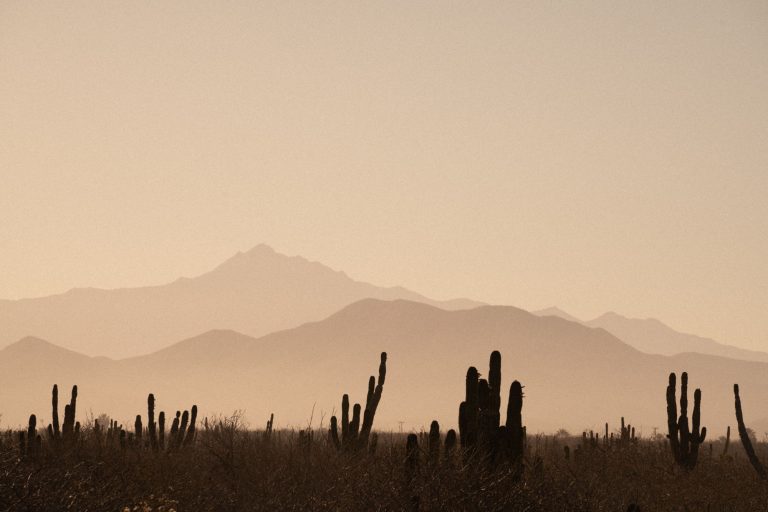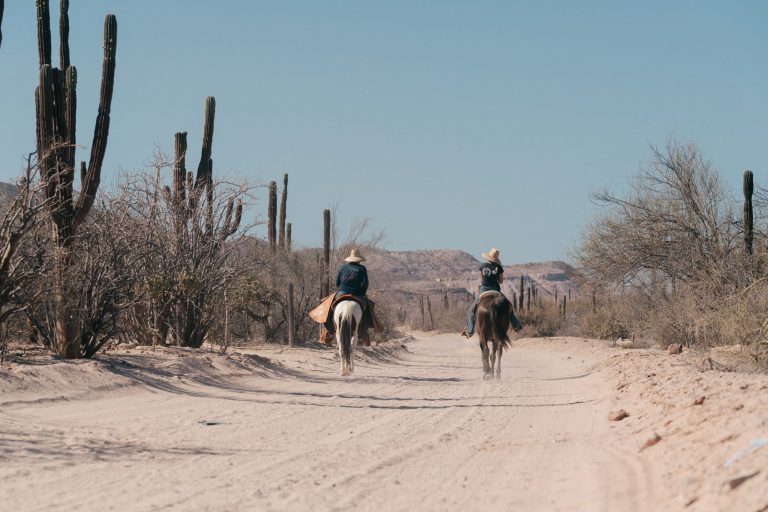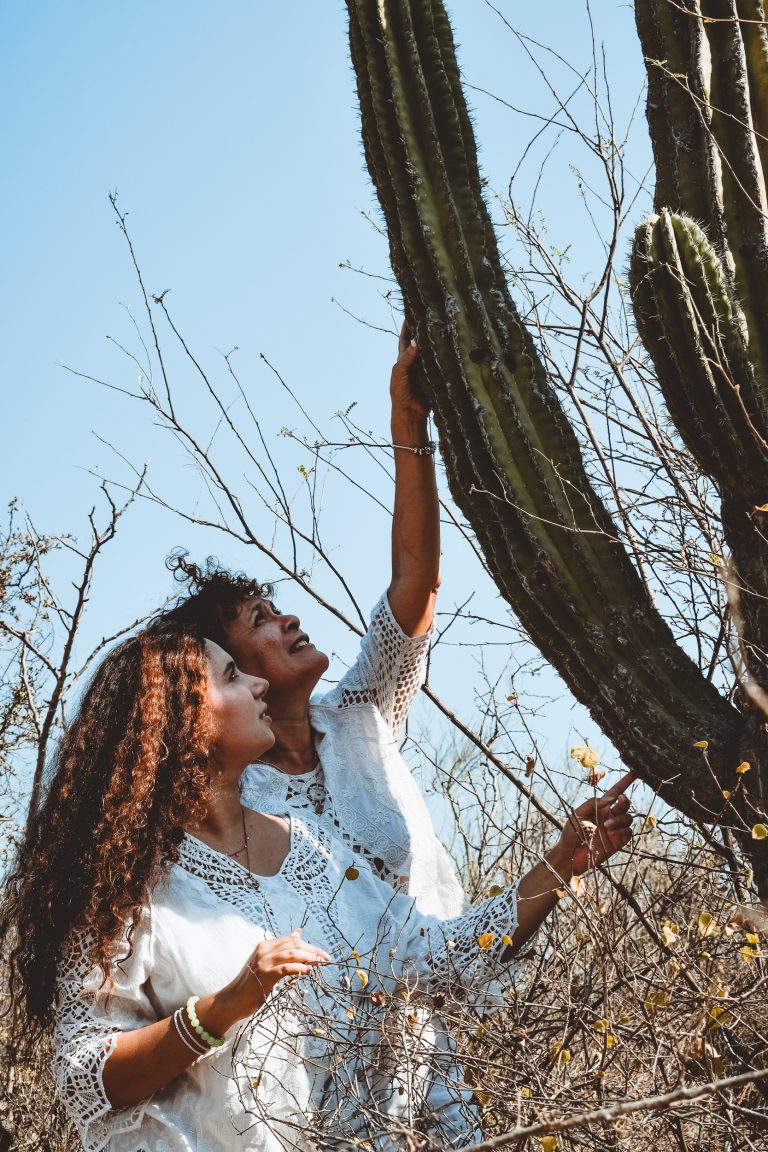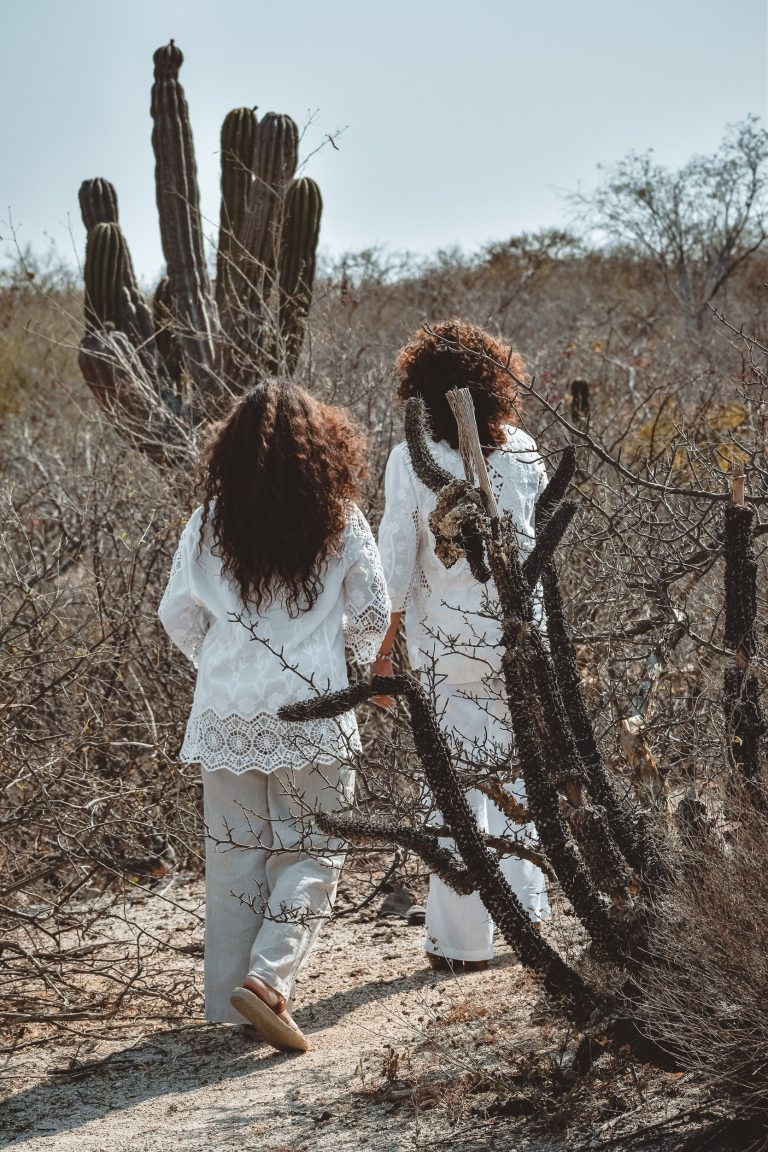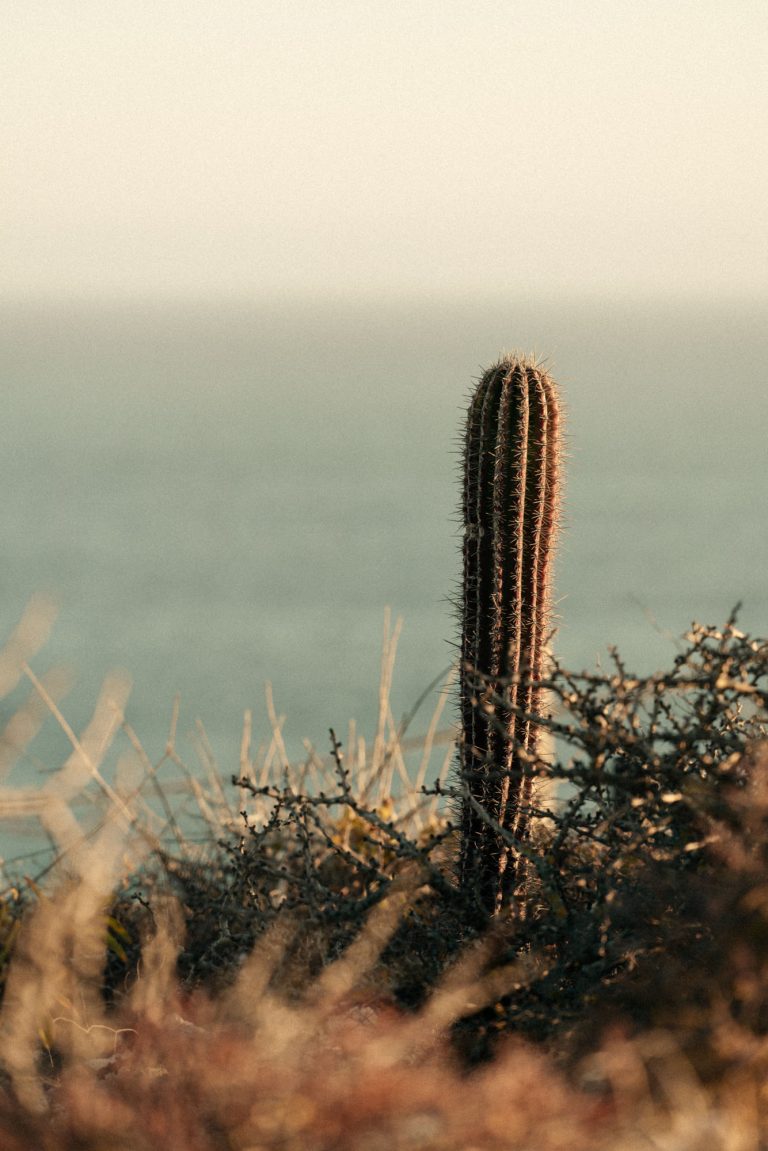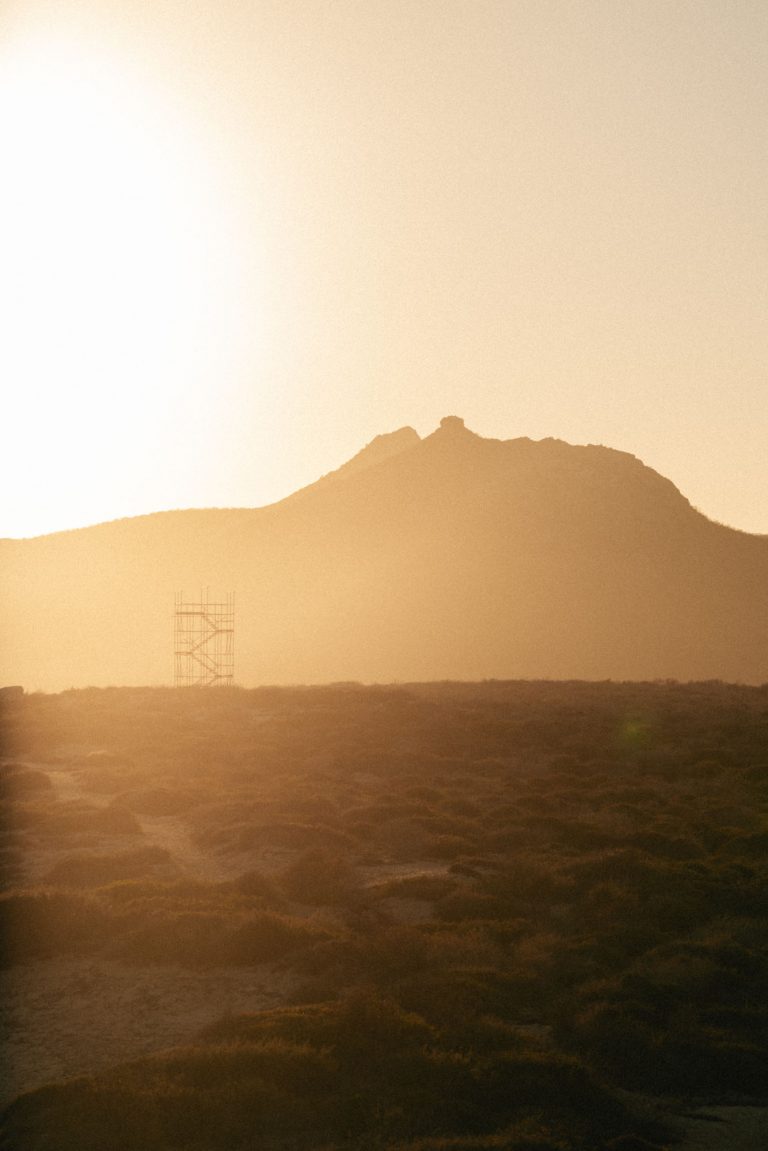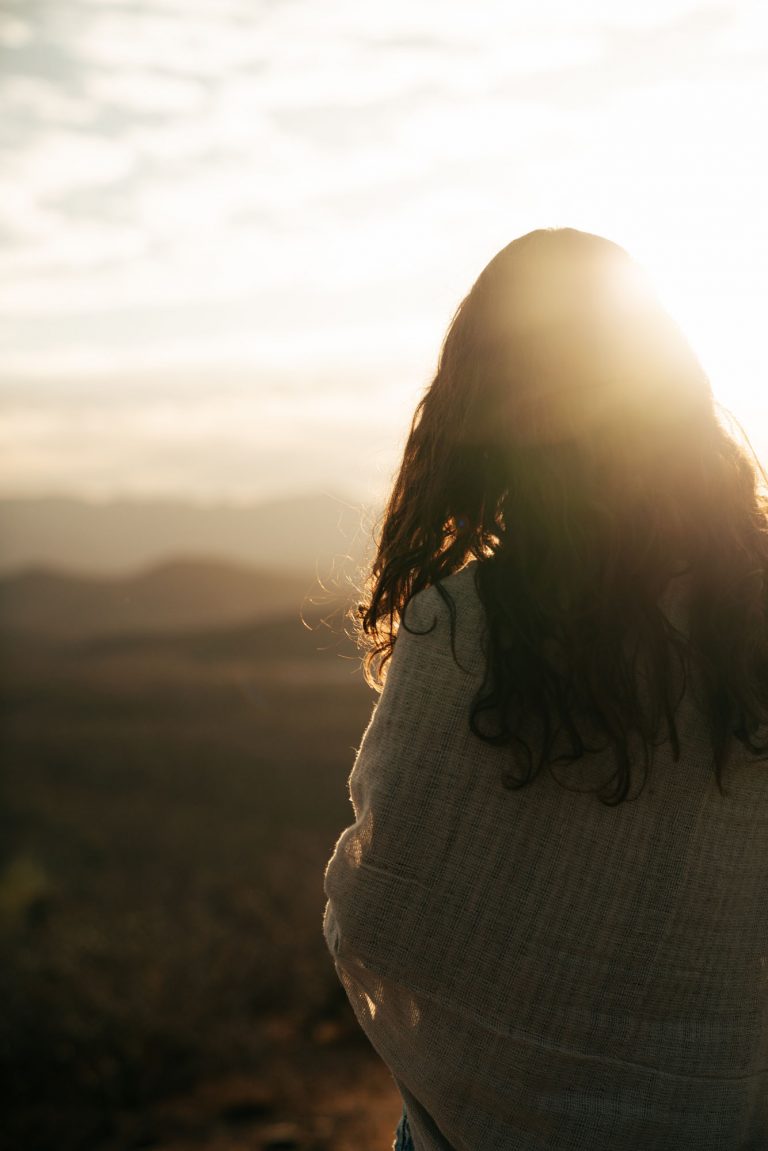In Los Cabos, there is a stark contrast between the arid, rugged desert and the vast ocean waters of ever-changing blues. For decades, the enchanting landscapes coupled with an exponential boom in tourism have invited people near and far to come together and grow roots in the desert.
On any given day in Baja Sur, I meet people from across Mexico, the United States, Canada, and other Latin American countries. Some have been living here for decades, raising families and starting businesses. Others have arrived with the promise of secure employment and higher pay than other cities and resort towns in Mexico. And then, there are those passing through who simply fell in love with a natural playground apt for adventure. While non-natives have dotted the landscape here, it raises the question of who and where are the sudcalifornianos with generational history in these lands?
The municipality of Los Cabos, which consists of San José del Cabo and Cabo San Lucas, makes up nearly half of Baja California Sur’s population, but only a small fraction of Los Cabos’s population was born in the area. In a place so heavily saturated with outsiders, the notion of identity became a curious subject. That’s when I met Daniela Gómez León, a new friend. After talking more about the topic, Daniela and her mother, María Luisa, agreed to speak about what it means to be from Baja California Sur.
The recorded León family history in Baja California Sur goes back five generations. “My great-grandmother is from the small town of Santiago, where she worked on a nearby ranch. When she was diagnosed with tuberculosis, she had to be sent away. Her daughter, my grandmother, was then put in an orphanage until she was 18. Later on, they reunited and lived together,” recounts Daniela. “Later down the line, my mom, María Luisa, went on to live and study in La Paz, where she would work as an accountant and start a family. In 1993, they moved to San José del Cabo, and I was born in 1994.”
People born and raised in Baja California Sur are called choyeros, which is a type of cactus that grows abundantly in its desert. Their identity goes hand in hand with an innate connection to the land and the peaceful life it brings. María Luisa tells me, “This land is where our history is deeply rooted. It gives us a sense of true belonging. Choyeros are relaxed, quiet people who like to be in nature and with their families.” Daniela continues, “To be choyero goes beyond being born and raised here. It’s about respecting and loving the land where we live.”
Tourism has been the driving economic force behind Baja California Sur’s growth, and will continue to play a key role in its future. But locals are able to see the impact of the industry with a more critical lens. María Luisa says, “Because of tourism, our children have had more opportunities in life. But the state’s infrastructure hasn’t developed alongside new population growth in places like Los Cabos. Many neighborhoods have issues with basic needs, like water shortages, and some developers are moving in on habitats that are at risk.” Daniela, who now works in tourism, continues, “I believe that tourism represents progress, and it has been very positive for the most part. But if it’s to continue to expand, it needs to be done in a greener and more conscious way.”
With the growing population, the state’s culture is bound to mix and transform, especially in tourist hubs like Los Cabos, Todos Santos, and La Paz. “In certain ways, the arrival of foreigners and people from different states has enriched Baja California Sur. However, in very tourist-centric places, what it means to be choyero has been somewhat lost over the years,” says María Luisa.
Preserving Baja California Sur’s rich and beautiful culture, history, and land is not a task unique to choyeros. Those new to the area have the opportunity – and responsibility – to dig deeper and learn about the place that’s captured their hearts. “People can learn more about our culture by exploring outside of the tourist areas. Visit the pueblitos and listen to the towns’ elders,” comments María Luisa. Daniela adds, “As a state, we should open more cultural centers where people born and raised here can tell their stories. But it goes both ways. People who aren’t from here should also take more of an interest.”
Like the cacti with which they share their name, the people of Baja California Sur know how to adapt and grow roots in the desert. After listening attentively to the perspectives of Daniela, María Luisa, and the growing number of choyeros I’ve met, now more than ever I believe we must tread lightly upon this land, take every opportunity to learn, and profoundly respect those who have so much to teach.

